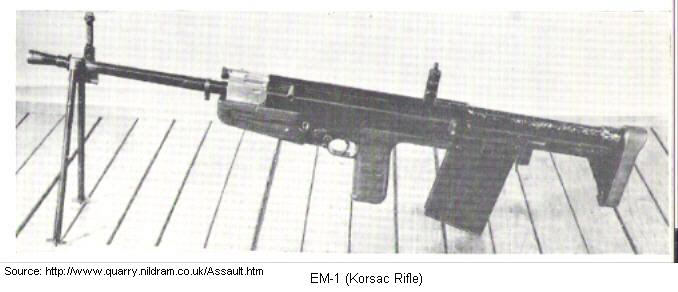Perhaps, the British EM program (my terminology) is less concentrated on spanking new round, but instead they decide to save money and time during the war, and introduce a copy of the newest German gun. The 7.92x57ammo is in production anyway in the UK, so the introduction will be as seamless as possible.
Come late 1940s/early 1950s, US is hell-bent for the 7.62x51, so British designers adopt the gun for the new, somewhat less powerful cartridge, and make the 'definitive' L.42 in the new NATO caliber. The L.42 trashes the future M-14 in tests, and gets adopted by a number of NATO and non-NATO countries.
Does this sound plausible in any way, and if so, who might be losers and winners (apart from British)? New developments in similar or smaller calibers?
Come late 1940s/early 1950s, US is hell-bent for the 7.62x51, so British designers adopt the gun for the new, somewhat less powerful cartridge, and make the 'definitive' L.42 in the new NATO caliber. The L.42 trashes the future M-14 in tests, and gets adopted by a number of NATO and non-NATO countries.
Does this sound plausible in any way, and if so, who might be losers and winners (apart from British)? New developments in similar or smaller calibers?
